#seaweed
Text
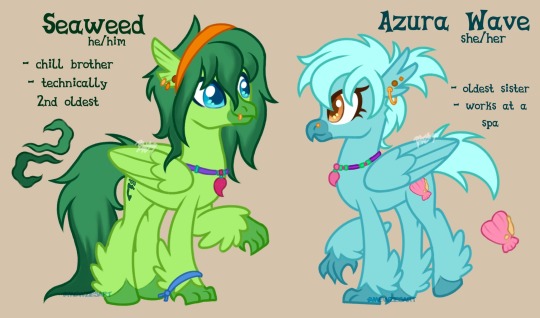

some new ocs!! a pair of older twins that are related to loopsie daisy! ive been working on expanding ocs families and worlds vs just making ocs lololol
23 notes
·
View notes
Photo

Shelter
#damselfish#seaweed#portrait#artists on tumblr#illustration#underwater lighting is tough ;__;#angelfish
43K notes
·
View notes
Photo
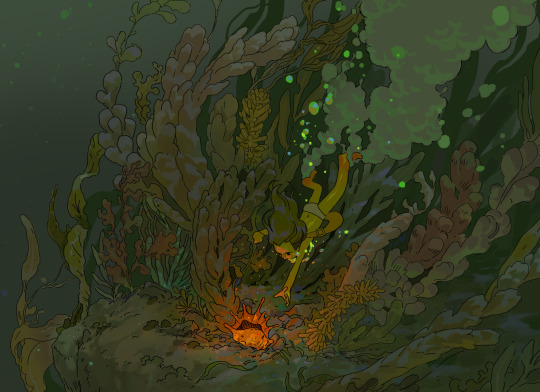
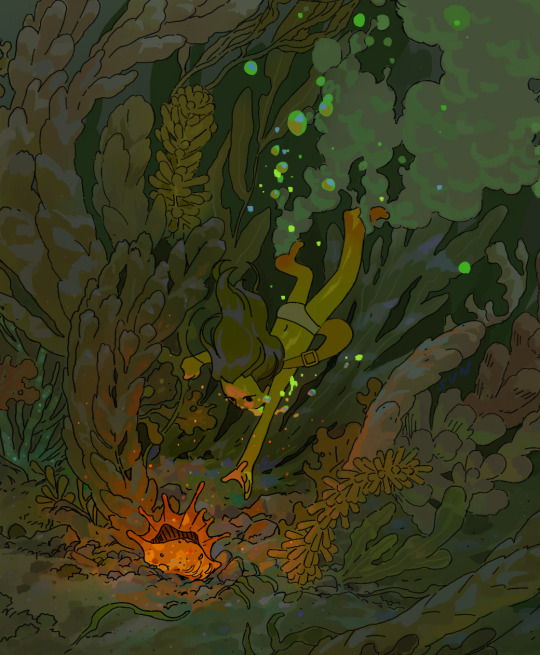
wandering underwater, hoping to find some magical items..
#underwater#sea#algae#seaweed#shell#girl#explorer#green#linework#digitalart#digital#line#art#artist#artistontumblr#svndvn#sevendeven#magic#mystery
9K notes
·
View notes
Text
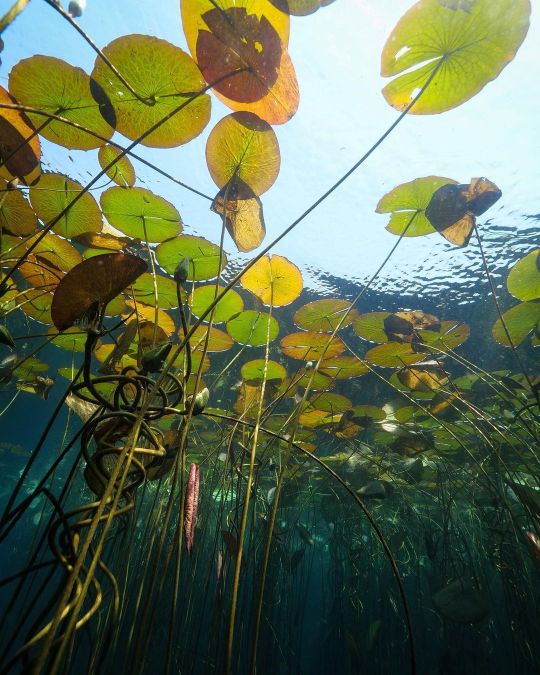

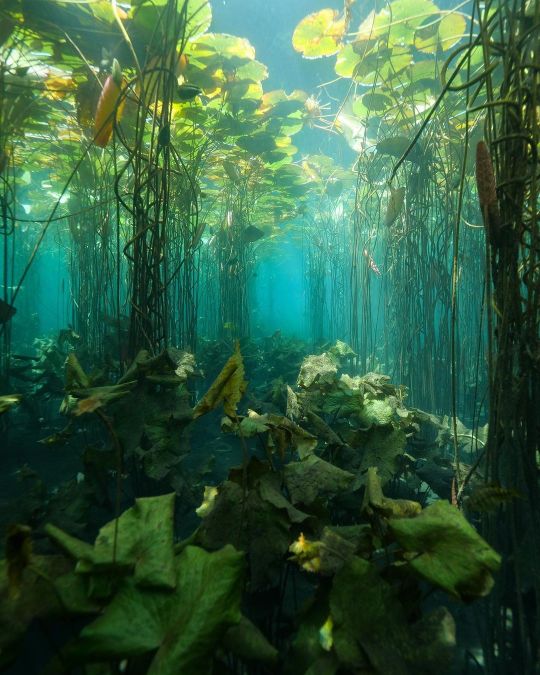

by mermaid_danii
#underwater#watercore#landscape#seaweed#aesthetic#nature#naturecore#cottagecore#photography#mermaidcore#oceancore#curators on tumblr#up
13K notes
·
View notes
Text
"Any good gardener knows what a good de-weeding can do for a vegetable garden. As it turns out, it’s much the same for coral reefs.
Following a volunteer “sea-weeding” program launched in Australia, scientists are witnessing compounding coral recovery both in quantity and diversity, and suggest that this simple method has the power to transform degraded reefs overrun by macroalgae.
In a balanced ecosystem, macroalgae is kept in check by the size and health of corals, but as extreme weather events or coral bleaching causes some sections of reef to die, macroalgae has no other neighbor keeping a check on its spread.
Over a period of three years, the joint Earthwatch Institute program led by James Cook University Senior Research Officer Hillary Smith and Professor David Bourne, also at JCU and the Australian Institute of Marine Science, has organized volunteer citizen scientists to help remove macroalgae at two experimental reef sites.
The results of the first three years of work and study have now been published in the Journal of Applied Ecology, and they show a 600% increase in coral recovery rates.
“It’s just like weeding your garden,” Smith said. “Every time we return, the seaweed is growing back less and less, so this method could provide lasting benefit without requiring endless effort.” ...
The importance of the study, Smith details, is that a lot of reef recovery efforts globally are powered by expensive, high-tech, and experimental solutions. The study hoped to show that manual de-weeding was just as effective, and thereby encourage organizations or nations that lack the tech or funding of a country like Australia to pursue sea-weeding as a way of protecting their corals.
“We have yet to see a plateau in coral growth within these plots at Magnetic Island, which is characterized as one of the degraded reefs on the Great Barrier Reef,” Smith said. “We also found an increase in coral diversity, so this method is benefitting a wide range of different coral types.”
Smith said her team are now scoping other locations where the sea-weeding technique could be useful, including the Whitsunday Islands, which are home to a different species of predominant seaweed.
They also want to employ them in French Polynesia, Indonesia, and even Singapore, where experts have identified out-of-control macroalgae spread along coral reefs."
-via Good News Network, September 19, 2023
#algae#seaweed#coral#coral reef#great barrier reef#australia#biodiversity#ecosystem restoration#ecosystem#good news#hope#hope posting
4K notes
·
View notes
Text
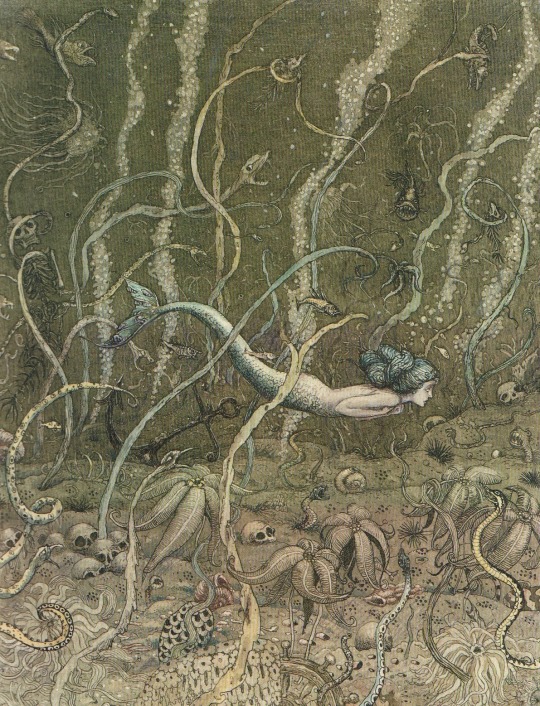
La petite sirène / The Little Mermaid by Hans Christian Andersen
Éditions ipomée - albin michel
1998
Artist :Boris Diodorov
#hans christian andersen#children's literature#children's illustration#fairy tale#children's books#fairy story#children's book#fairy tales#the little mermaid#la petite sirène#boris diodorov#1998#ancre#crâne#skull#ocean#sea#mer#algues#seaweed#anchor#underwater#abyss#abysses#abyssal#deep ocean#fishes#green#glauque#vert
1K notes
·
View notes
Text

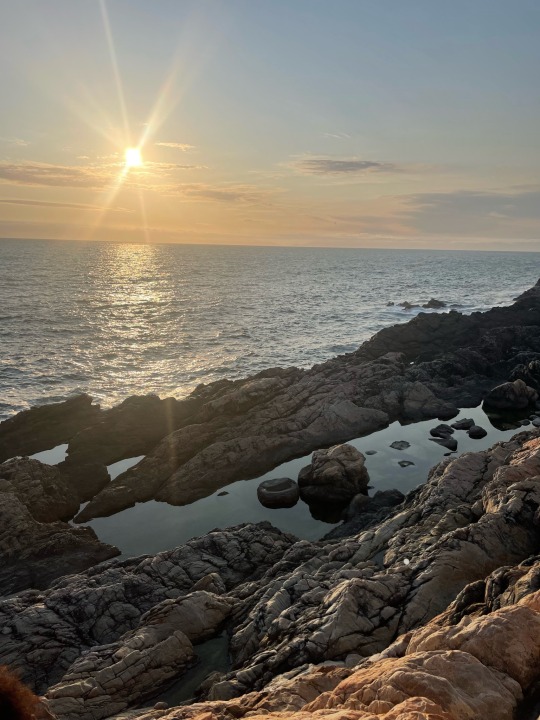
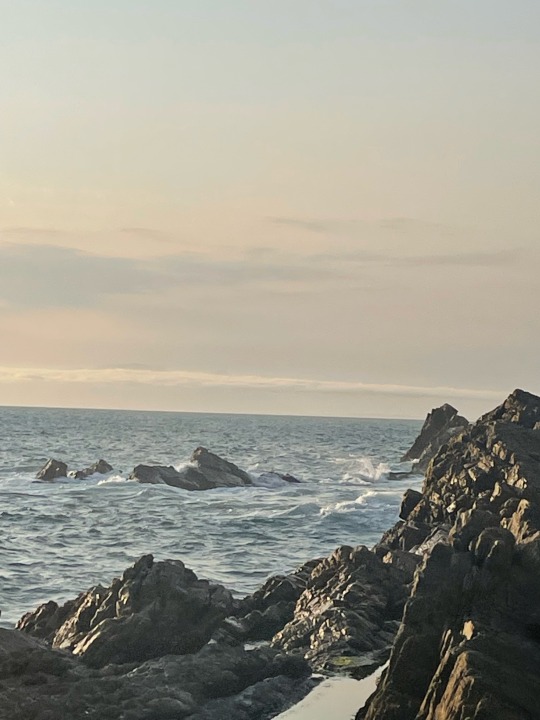
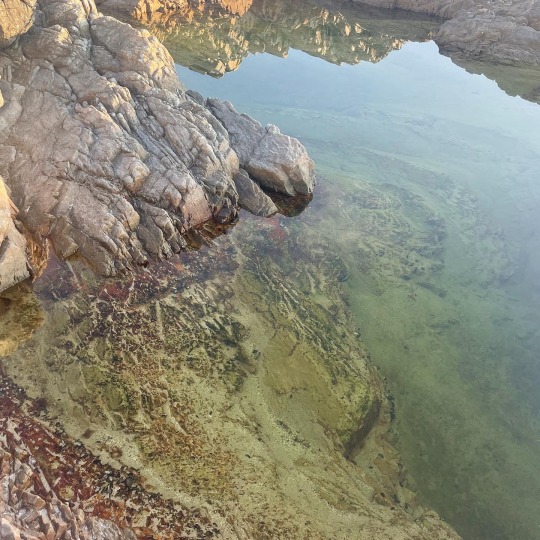
oh, how i love the sea!
#sunset#ocean aesthetic#oceancore#oceanside#rock pool#h2o just add water#tide pools#seaweed#sea witch#seascape#sea creatures#mermaid#mermaidcore#mermaid aesthetic#siren core#siren#nymph aesthetic#water witch#naturecore#mother nature#sunrays#my pics
13K notes
·
View notes
Text

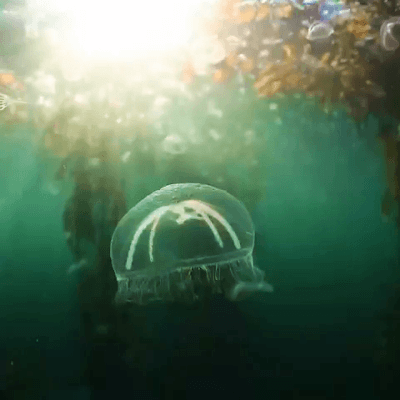


STIM - Sunlit Jellyfish
Credit if used.
886 notes
·
View notes
Text

Sometimes referred to as the Sea Mandrake the Deadman’s Kelp are particularly rare and quite difficult to harvest. Deadman’s kelp is a piece of maritime botany that both seafarers and sea witches alike covet and actively seek.
Sired by the decomposing bodies of shipwrecked fisherman or sailors these plants are used for their unique ability to call the winds or sway the seas, not unlike the conch of a Triton. However, the art of taming a Deadman’s kelp is a difficult one. If not properly utilized, what could have been the aid of a gentle wind or moving current could bring upon a massive storm. A Deadman’s kelp’s mouth, when above the water, must be covered at all times. Allowing it to wale above the waves, uncontrolled, would spell disaster. What would seem an easy fete can be difficult when Deadman’s Kelp mouths are typically gaping maws filled with serrated teeth and their bodies a wriggling, slimy, mass of flesh and detritus.
Mermaids are not fond of these abominations of the sea and typically do away with them if encountered.
#mandrake#botany#world building#magical plants#fantasy#conceptart#conceptdesign#creatureconcept#illustration#seaweed#witchcraft#digital art#sketch#drawing#fantasy art#creature design#concept art#creature concept#concept design#monster#speculative evolution
2K notes
·
View notes
Text
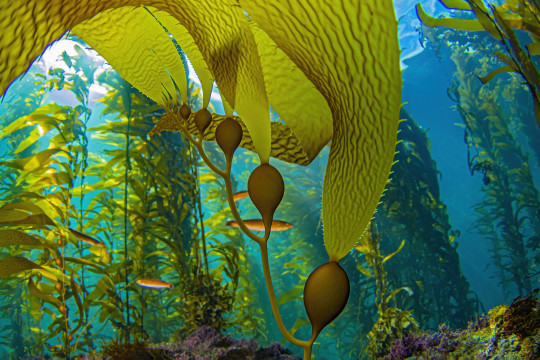
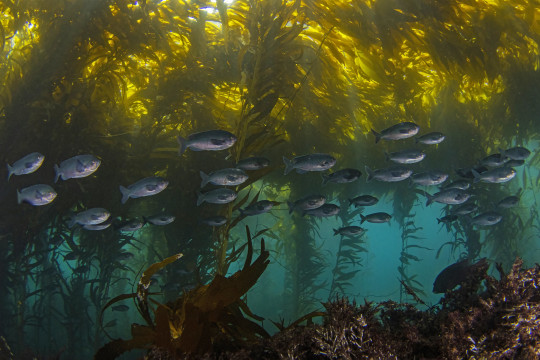
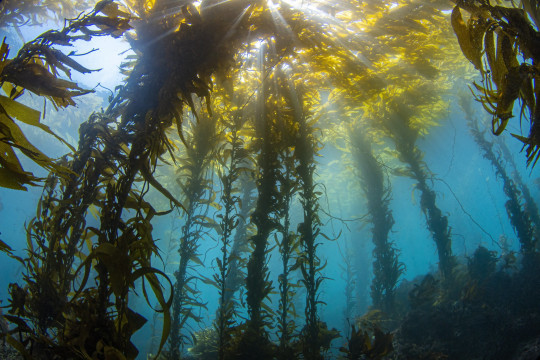
Sunlight Illuminates Undulating Kelp Forests in Underwater Photographs by Douglas Klug
2K notes
·
View notes
Text



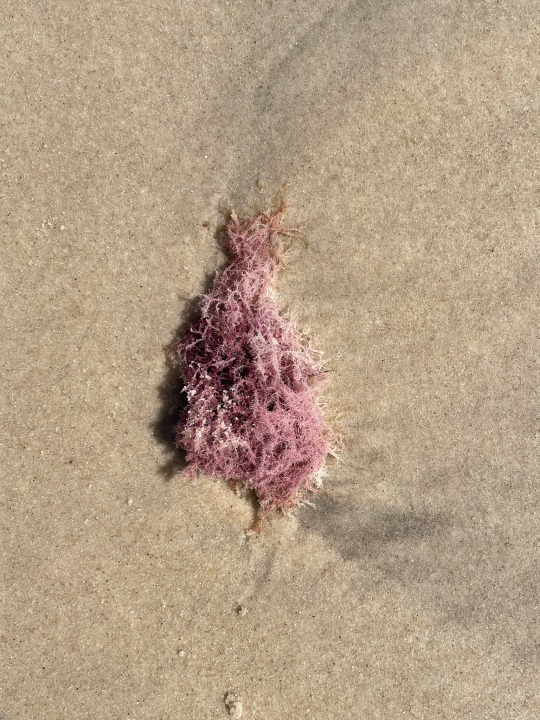


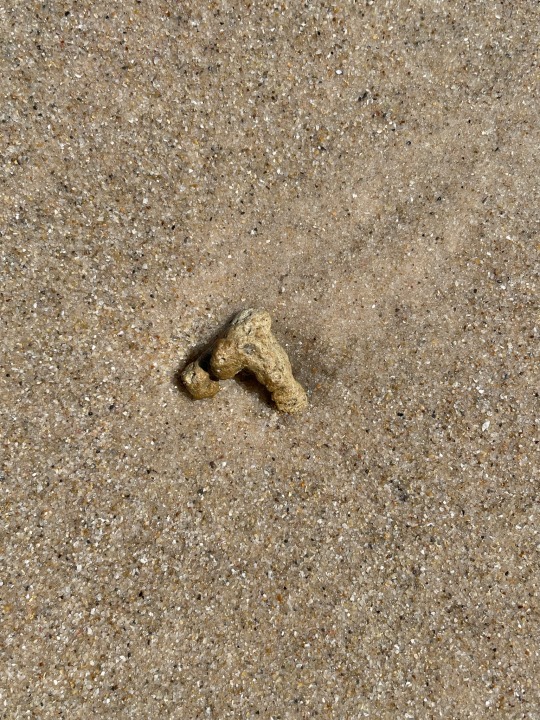
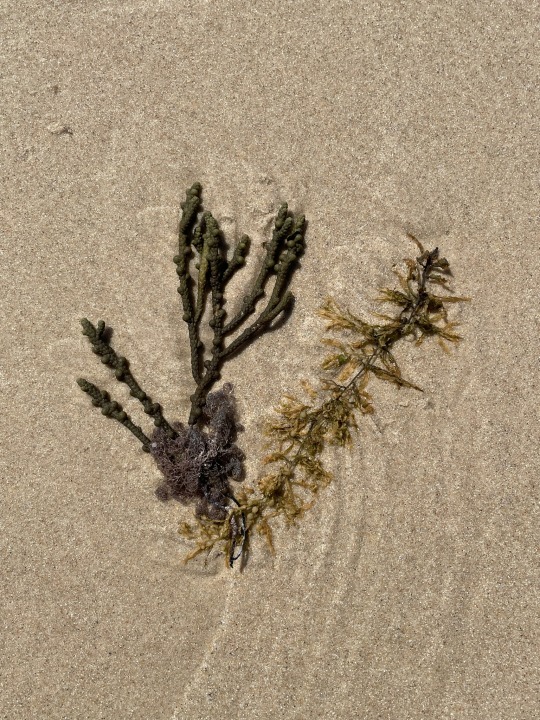
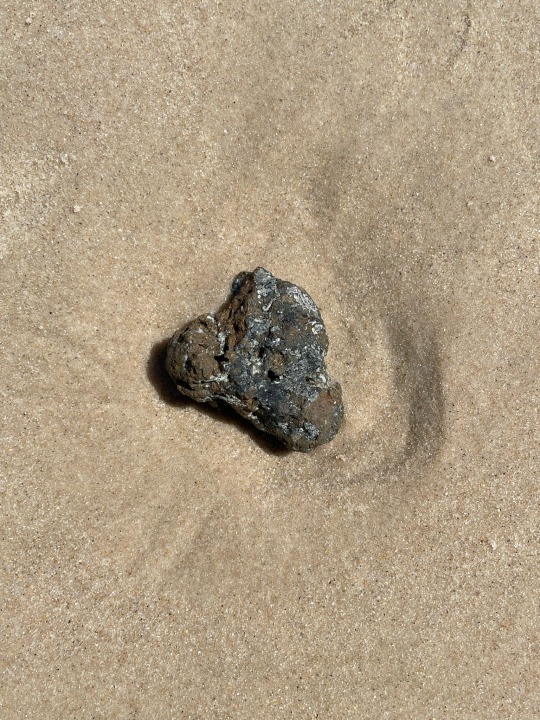
Ocean trinkets
6K notes
·
View notes
Text

Horseshoe crab and some hitchhikers :)
412 notes
·
View notes
Text
Happy May! Have a mermaid! 🐚🧜♀️🌊🩵
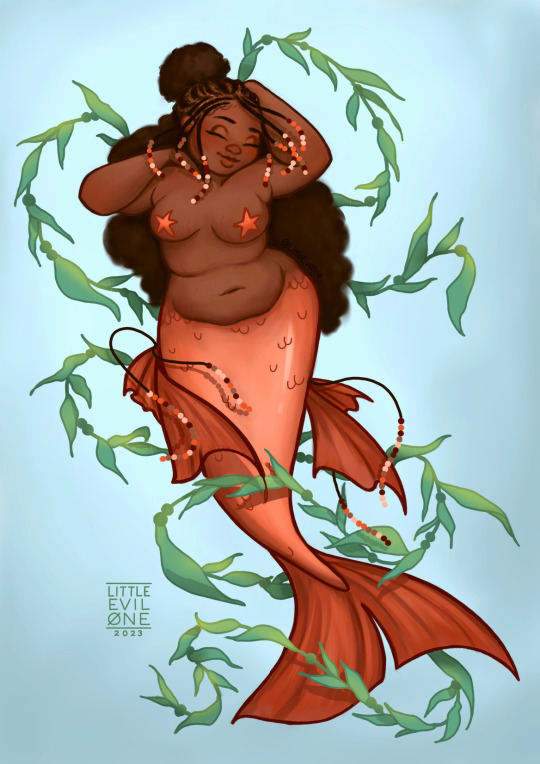
#mermay#mermaid#may#mermaid tail#merfolk#art#artists on tumblr#digital art#littleevil0ne#digital painting#painting#illustrators on tumblr#illustration#seaweed#mermay art#mermay 2023#pin up
2K notes
·
View notes
Text
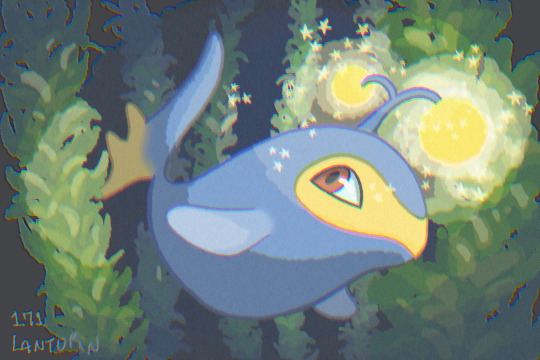
I enjoyed drawing seaweed today
#pokemon#pokemon a day#pokemon gold and silver#pokemon heartgold#pokemon soulsilver#pokemon go#pokemon gen 2#johto region#lanturn#chinchou#seaweed#oceancore
609 notes
·
View notes
Text

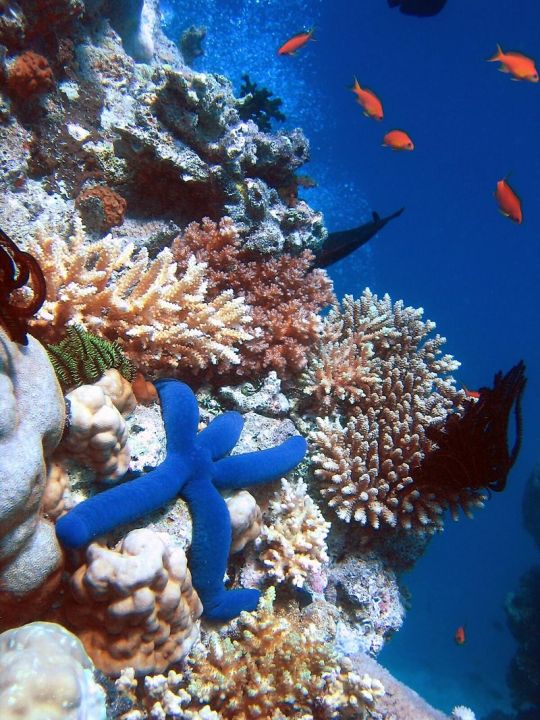
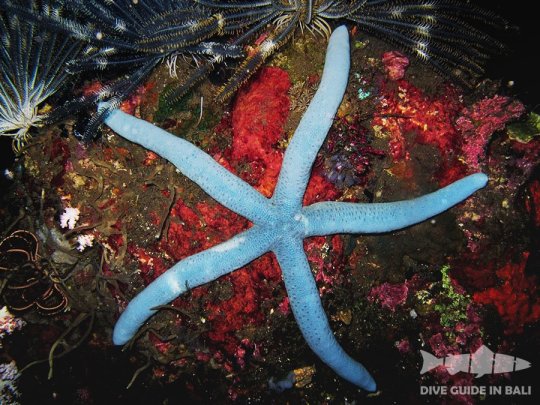


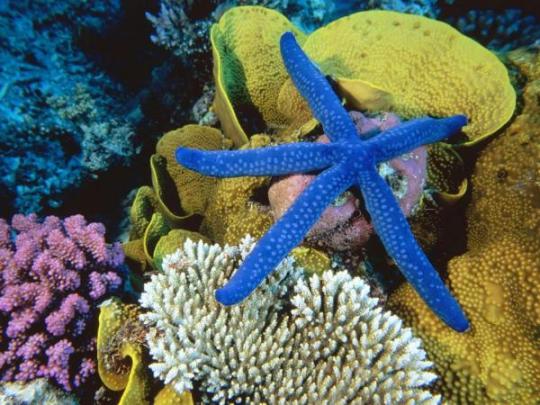




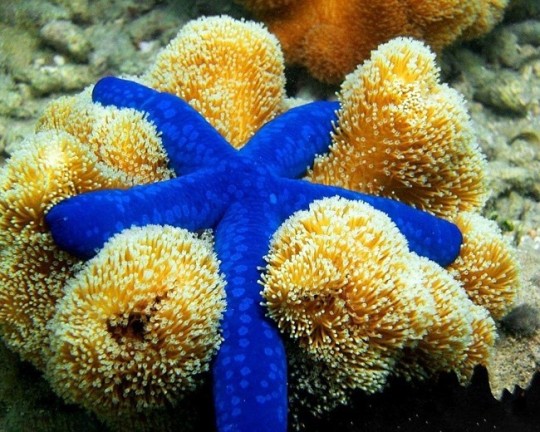
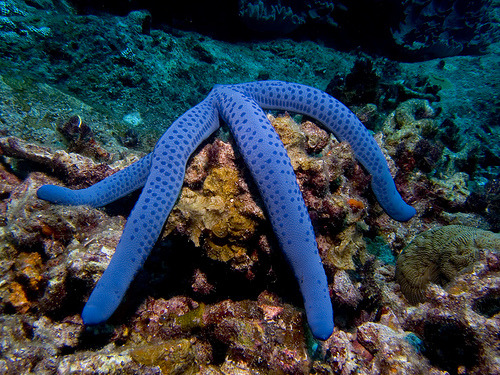
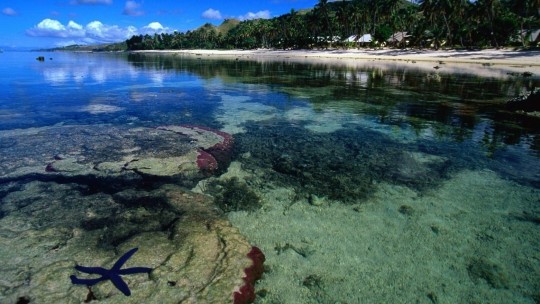
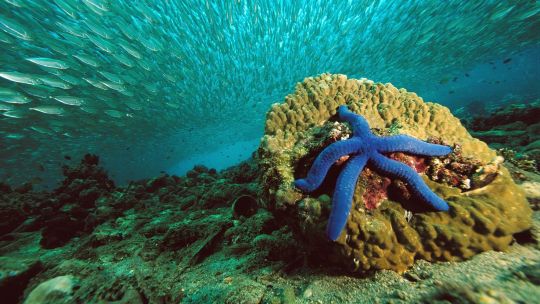
Морская звезда линкия синяя
Linckia Laevigata (: Blue star fish)
Ярко-синяя морская звезда (пигмент линкиацианин) с пятью длинными цилиндрическими лучами. Вырастает до 30—40 см в диаметре. Ярко окрашенное тело защищено твердым известковым скелетом, состоящим из подвижных пластин. Еще одной защитой морской звезды являются шипы, бугорки или иглы, расположенные на верхней стороне тела.. Обитает в водах от западной части Индийского океана до юго-восточной Полинезии в Тихом океане.
Эта звезда встречается в закрытых лагунах, на рифовых плато и на внешних стенках рифов, от приливно-отливной зоны до глубин 25-30 м, хотя иногда встречается также и на глубине до 50 м. Особи, обитающие на мелководье, обладают лазурной или сиреневой окраской, иногда с более темным крапом. Звезды с больших глубин обычно окрашены не так ярко, они бывают сероватых, желтоватых или розоватых оттенков.Предпочитает жить поодиночке, ведя преимущест��енно ночной образ жизни. В отличие от других родов морских звезд, размножается особым бесполым способом. Самопроизвольно отломившийся луч отползает в сторону, и из него развивается новая морская звезда. У материнской особи на месте утерянной руки вырастает новая.
A bright blue starfish (linkiacyanin pigment) with five long cylindrical arms. Grows up to 30-40 cm in diameter. The brightly colored body is protected by a hard calcareous skeleton consisting of movable plates. Another defense of the starfish is the spines, tubercles or spines located on the upper side of the body. It lives in waters from the western Indian Ocean to southeastern Polynesia in the Pacific Ocean.
This star is found in enclosed lagoons, on reef plateaus and on the outer walls of reefs, from the intertidal zone to depths of 25-30 m, although sometimes also found at depths of up to 50 m. Specimens found in shallow waters are azure or lilac in color , sometimes with darker specks. Stars from great depths are usually not so brightly colored; they are grayish, yellowish or pinkish. They prefer to live alone, being predominantly nocturnal. Unlike other genera of starfish, it reproduces in a special asexual way. The spontaneously broken off ray crawls to the side, and a new starfish develops from it. The maternal individual grows a new one in place of the lost one.
Источник:/allviet.ru/animals/blue-star-fish.html,
telegram Океан, http://akvariumnye-ribki.ru/?do=shop&item=3569,
/aquastatus.ru/viewtopic.php?t=25515,
/ru.wikipedia.org/wiki/Линкия,
http://ru.diveguideinbali.com/news/19-interesnye-fakty-morskie-zvezdy.html,
/akvarium-moskva.ru/akvariumnye_obitateli/morskie-zvezdy.html,
akvarium.org/invertebrates/asteroidea/linckia-laevigata/,
/ru.wallpaper.mob.org/pc/image/animal-starfish-205649.html
#video#animal video#marine life#marine biology#nature#aquatic animals#underwater#echinoderms#starfish#ocean view#ocean#waves#reef#seaweed#sand#animal photography#nature aesthetic#видео#фауна#природнаякрасота#природа#океан#иглокожие#морская звезда#Линкия#волны#риф#кораллы#водоросли#песок
636 notes
·
View notes
Text
"When Francois Beyers first pitched the concept of 3D ocean farming to the Welsh regulators, he had to sketch it on napkins.
Today the seafood farm is much more than a drawing, but if you walked along the Welsh coastal path near St David’s, all you’d see is a line of buoys. As Beyers puts it: “It’s what’s below that’s important.”
Thick tussles of lustrous seaweed suspend from the buoys, mussels cling to its furry connective ropes and dangling Chinese lantern-esque nets are filled with oysters and scallops.
“It’s like an underwater garden,” says Beyers, co-founder of the community-owned regenerative ocean farm, Câr-y-Môr. The 3-hectare site is part of a fledgling sector, one of 12 farms in the UK, which key players believe could boost ocean biodiversity, produce sustainable agricultural fertiliser and provide year-round employment in areas that have traditionally been dependent on tourism.
Created in 2020 by Beyers and six family members, including his father-in-law – an ex-shellfish farmer – the motivation is apparent in the name, which is Welsh for “for the love of the sea”. ...
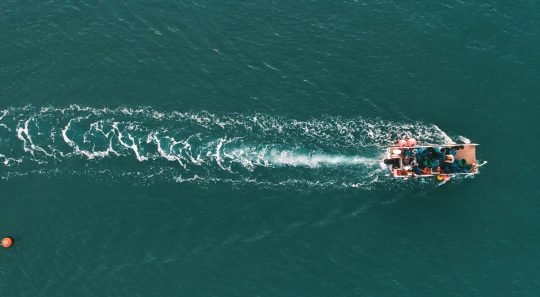
Pictured: Drone shot of Câr-y-Môr, which is on the site of abandoned mussel farms. Image: Scott Chalmers
Ocean farming comes from the technical term ‘integrated multi-trophic aquaculture’, which means a mixture of different seaweed and shellfish species growing together to mutually benefit each other. But it’s not just a way of growing food with little human input, it also creates ocean habitat.
“You’re creating a breeding ground for marine animals,” explains Beyers who adds that the site has seen more gannets diving, porpoises and seals – to name a few – since before the farm was established.
Ocean farms like Câr-y-Môr, notes Ross Brown – environmental research fellow at the University of Exeter – have substantial conservation benefits.
“Setting up a seaweed farm creates an exclusion zone so fishermen can’t trawl it,” explains Brown, who has been conducting experiments on the impacts of seaweed and shellfish farms across the UK.
Brown believes a thriving ocean farming industry could provide solutions to the UK’s fish stock, which is in “a deeply troubling state” according to a report that found half of the key populations to be overfished. “It would create stepping stones where we have safe havens for fish and other organisms,” he adds.
But UK regulators have adopted a cautious approach, note Brown and Beyers, making it difficult for businesses like Câr-y-Môr to obtain licenses. “It’s been a tough old slog,” says Beyers, whose aim is to change the legislation to make it easier for others to start ocean farms.
Despite navigating uncharted territories, the business now has 14 full-time employees, and 300 community members, of which nearly 100 have invested in the community-benefit society. For member and funding manager Tracey Gilbert-Falconer, the model brings expertise but most importantly, buy-in from the tight-knit local community.
“You need to work with the community than forcing yourself in,” she observes.
And Câr-y-Môr is poised to double its workforce in 2024 thanks to a Defra grant of £1.1 million to promote and develop the Welsh seafood industry as part of the UK Seafood Fund Infrastructure Scheme. This will go towards building a processing hub, set to be operational in April, to produce agricultural fertiliser from seaweed.
Full of mineral nutrients and phosphorous from the ocean, seaweed use in farming is nothing new, as Gilbert-Falconer notes: “Farmers in Pembrokeshire talk about their grandad going down to the sea and throwing [seaweed] on their farms.”
But as the war in Ukraine has caused the price of chemical fertiliser to soar, and the sector tries to reduce its environmental impact – of which synthetic fertiliser contributes 5% of total UK emissions – farmers and government are increasingly looking to seaweed.
The new hub will have capacity to make 65,000 litres of sustainable fertiliser annually with the potential to cover 13,000 acres of farmland.
But to feed the processing hub, generate profit and reduce their dependency on grants, the co-op needs to increase the ocean farm size from three to 13 hectares. If they obtain licences, Beyers says they should break even in 18 months.
For now, Beyers reflects on a “humbling” three years but revels in the potential uses of seaweed, from construction material to clothing.
“I haven’t seen the limit yet,” he smiles."
-via Positive.News, February 19, 2024
#wales#welsh#ocean#marine biology#aquaculture#marine life#marine animals#seaweed#sea scallops#oysters#united kingdom#uk#conservation#conservation news#overfishing#environmental news#farming#sustainable agriculture#sustainability#ocean farming#good news#hope
437 notes
·
View notes